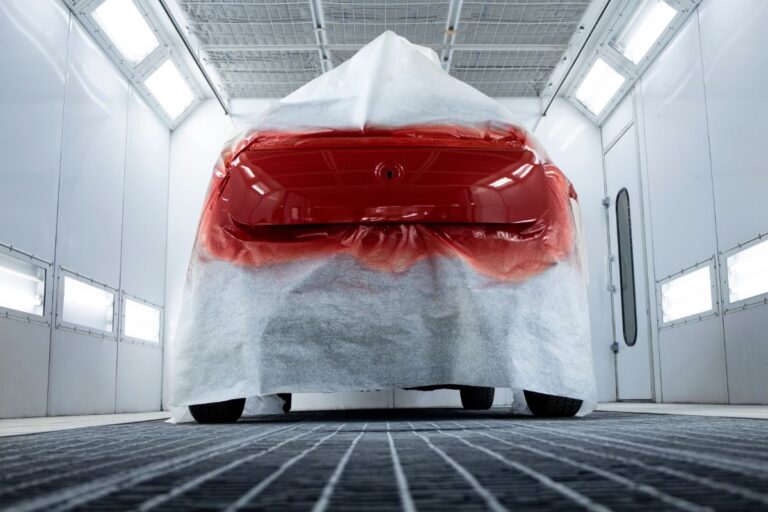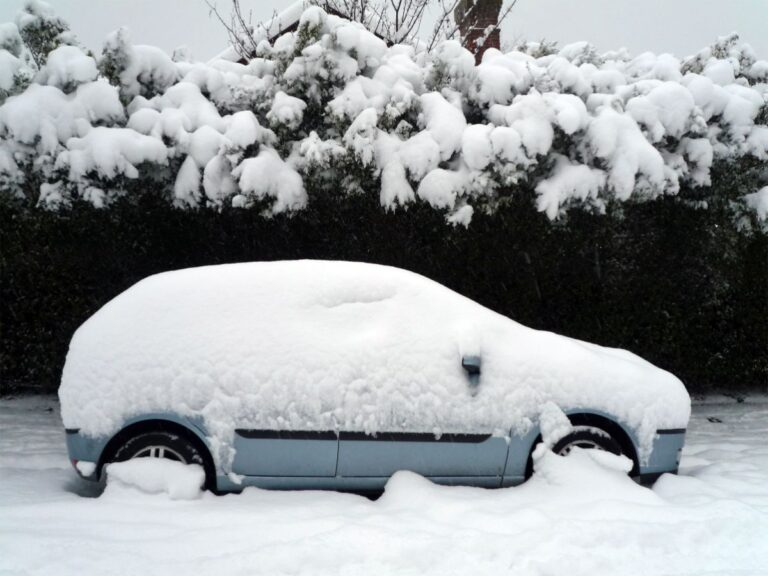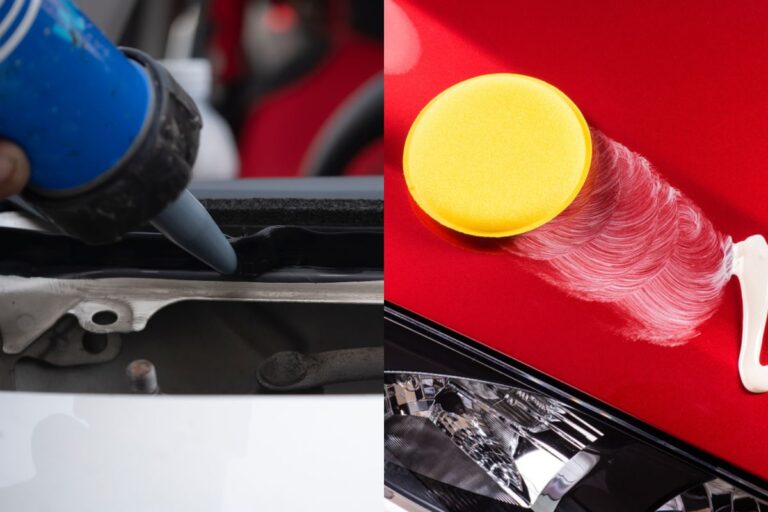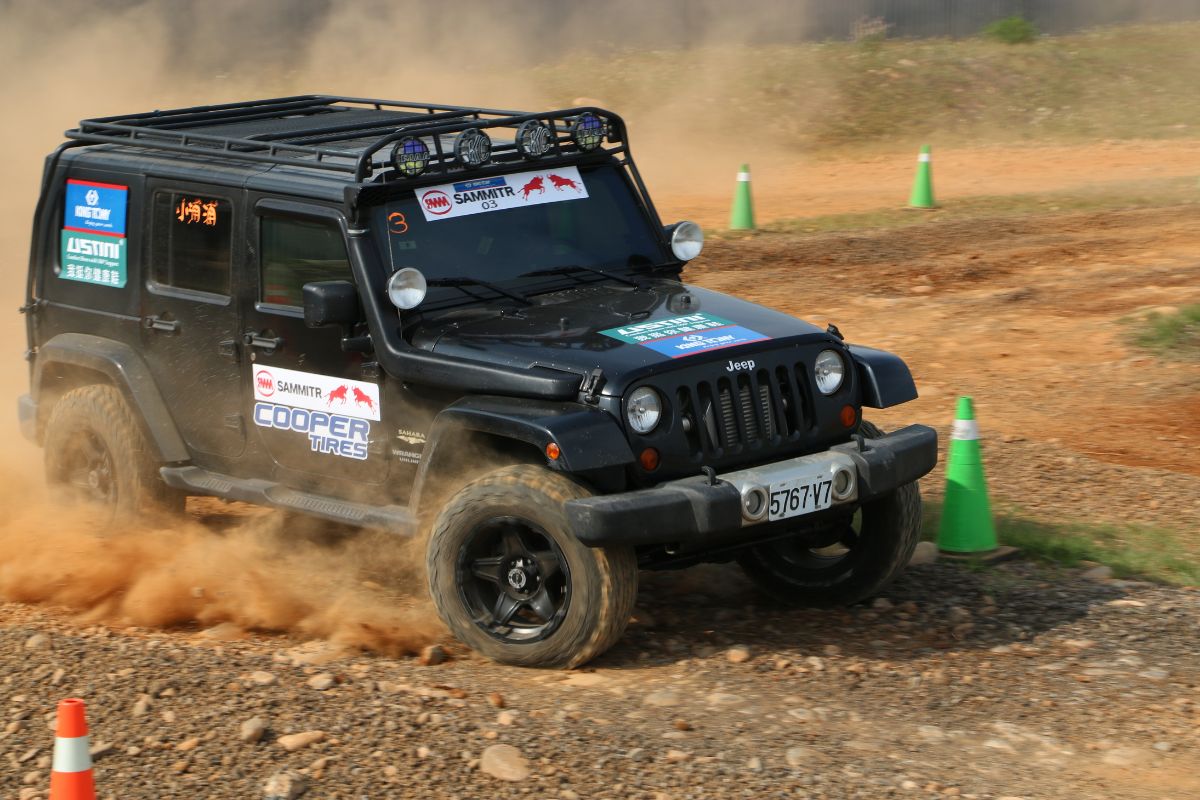
I own a Jeep and have wondered what it would cost to lift a Jeep’s ground clearance. So I thought about what the difference would be with a powerful lift system and what the benefits might be. I drive a Jeep Grand Cherokee Overland Summit.
With a long name like that, it should have excellent ground clearance. And it does in the Raise setting, but the Jeep should also be able to levitate. It has a Quadra-Lift air system with air springs on all four corners.
Being able to lift a Jeep comes in handy for me to cross over high parking lot curbs. For others, it may be to traverse the Black Bear Pass in Colorado. Alas, I am getting off track.
For many, lifting a Jeep is critical for traversing rough terrain. The ground clearance can often be essential in navigating a challenging off-road trail. A Jeep lift kit can take an enjoyable trail ride and turn it into an exciting one.
Before delving into costs, it might be beneficial to know what to lift a Jeep means. Also, why might one want to add extra clearance to their Jeep?
What does lifting a Jeep mean?
Adding a body or suspension lift kit, or lifting a Jeep, is necessary to add more ground clearance. One might think the lift kit is all necessary for added ground clearance. But the lift kit is a way to increase greater ground clearance.
The only way to add higher ground clearance is with bigger tires. And to add bigger tires, we needed to raise the entire Jeep platform. Lift kits can include several components, including more powerful springs and shock absorbers.
What are the different sizes of lifts?
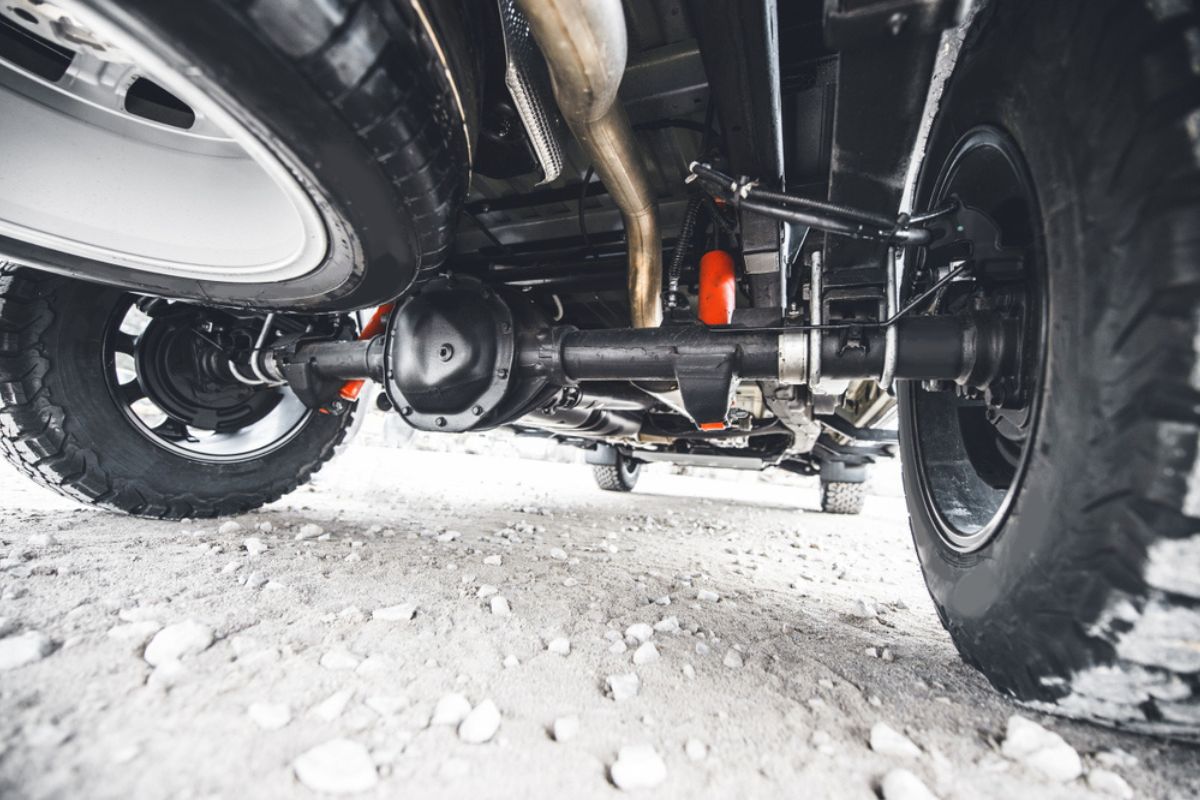
Depending on your specific objectives and needs, three different lift sizes exist. They are:
- Small Lifts: The least expensive lift is a small lift and has the least amount of lift of the three. The slight lift will gain 1.5 to 2 inches of lift and is appropriate for 31″ tires. The larger tires provide extra clearance for the transfer case, improving off-road capability. The easy-to-install and less-expensive small lift offers little more than a factory Jeep.
- Medium Lifts: This lift adds around 2″ to 3.5 inches to the Jeep ground clearance. Medium lifts have shocks that will support 32 and 34-inch tires. But it adds a lot of clearance for a reasonable price. The medium-lift is a great starting point for off-roaders and all that is required. This lift increases off-road capability at a reasonable price.
- Large Lifts: This is the most expensive lift, and for a good reason. Large lifts may need a re-designing of the front-end driving geometry. This process may lead to a more complex and challenging installation process. Experienced off-roaders or professional installers should only install large lifts. This lift provides the ability to run on massive, 35-inch tires with huge ground clearance. These tires create extra four-plus inches of ground clearance. This extra ground clearance can be good for the transfer case on rough trail roads.
Remember, the main benefit of adding lifts to a Jeep is more tire clearance to install larger tires. The lift does not add much to ground clearance. It’s the larger tires that provide increased ground clearance.
These are some pros and cons of adding lifts to a Jeep
There are several factors to consider when thinking about adding Jeep lifts. There are many benefits from adding lifts to a Jeep. But there are also some negative factors to consider.
Pros of adding lifts to a Jeep

- Add larger tires for greater ground clearance
- Your Jeep will have better offload performance and articulation
- Rugged trails can now be traversed you thought not possible before adding lifts
- You can cross much deeper streams with increased ground clearance
- The new and aggressive look of your “lifted” Jeep
- Rockcrawling and other off-road driving are possible with huge tires and ground clearance
Cons of adding lifts to a Jeep
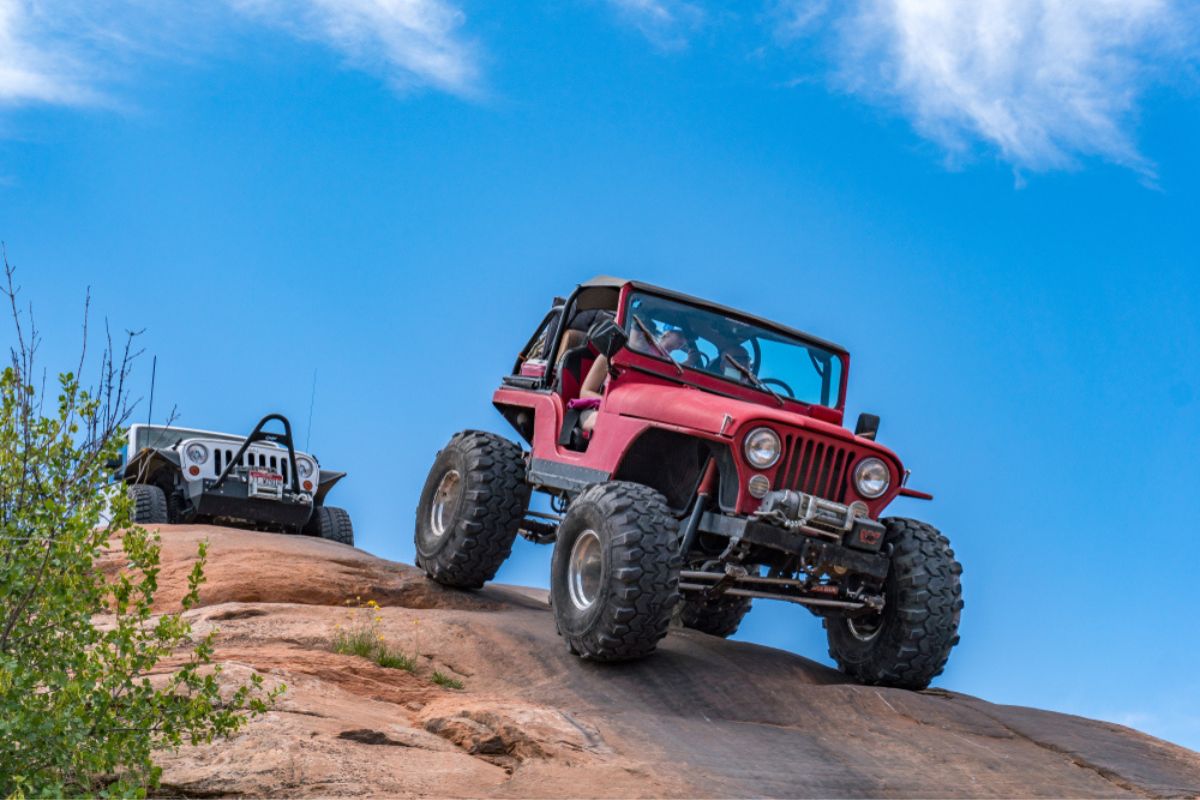
- After adding a lift kit, the Jeep ride will be affected and not as smooth as the stock suspension
- There can be considerable expenses involved in installing a Jeep lift kit
- Larger tires may need upgrading to stronger Jeep steering parts, brakes, gears, etc.
- Adding 35-inch tires or larger to your Jeep will present a challenge for some to get into it
- Larger tires and lift kits can cause driveline vibrations and other associated problems
- Jeep lift kits can lead to the dreaded “death wobble,” where the Jeep front end shakes from side-to-side
- A higher center of gravity due to larger tires may increase the possibility of rolling the Jeep
How much does lifting a Jeep cost?
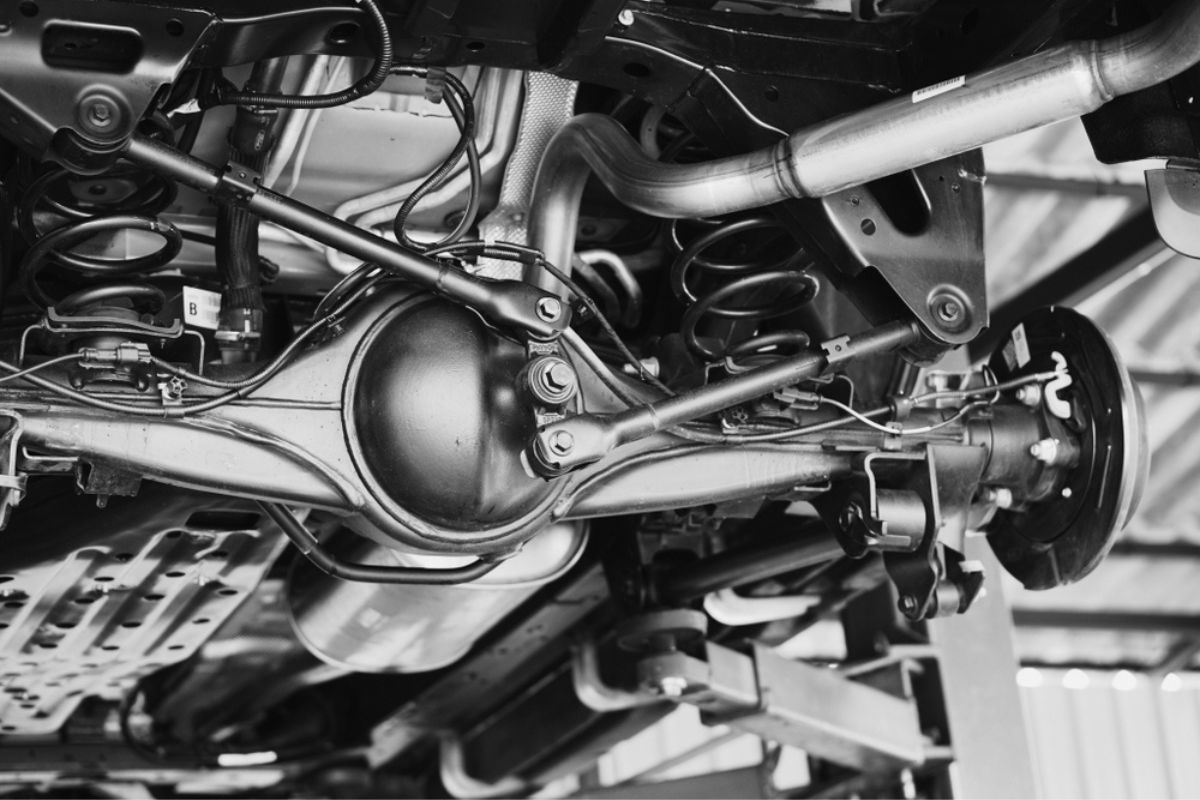
With a better understanding of lifting a Jeep, we can discuss the costs. Several factors can affect the cost of adding a lift to your Jeep. These are some of the primary cost factors to consider.
What are the different costs of Jeep lifting kits?
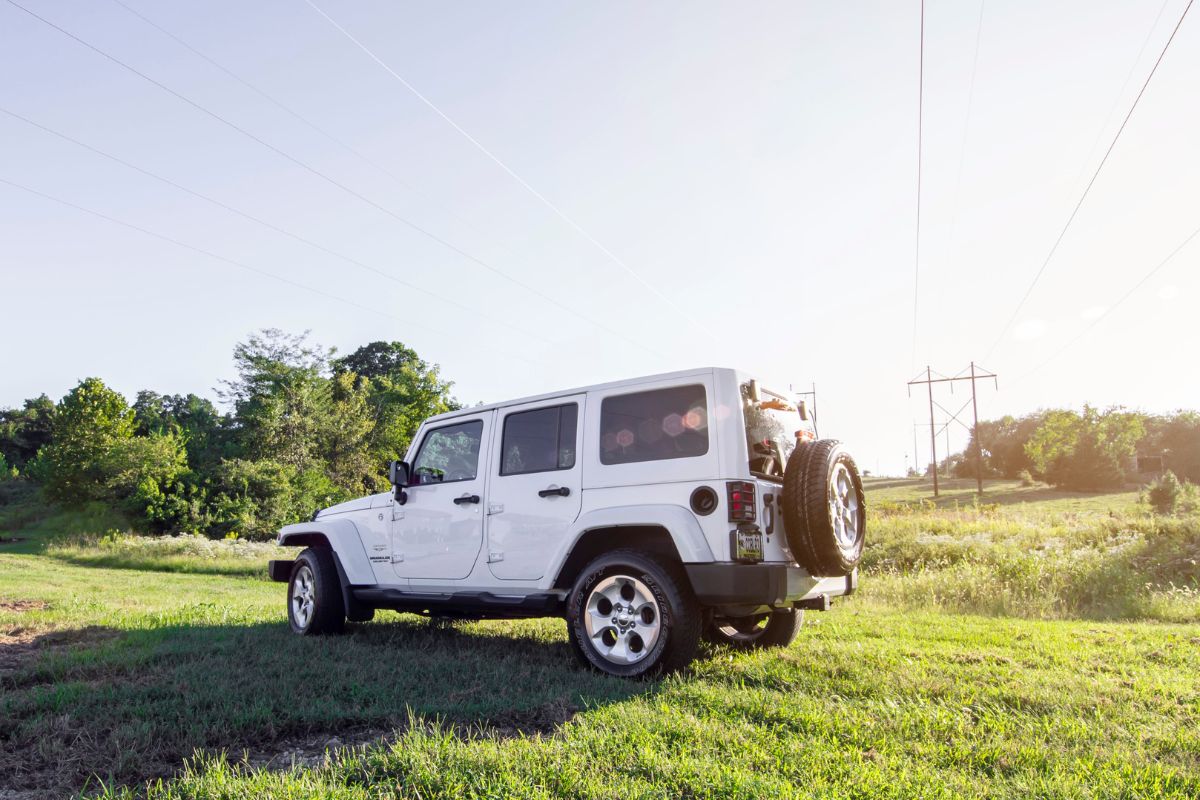
Costs can vary depending on the size of the lift kit. A small, medium, and large lift kit can get more expensive due to their respective required parts. These are typical and estimated costs for the various lift kits.
1. Small Lift Kit Cost
Adding around 2.5-inches of clearance with a small lift kit usually costs between $500-$1,500. The difference in cost can be attributed to the quality of kit components or kits having more parts. These extra parts may include leaf springs, leveling arms, brakes, etc.
2. Medium Lift Kit Cost
The medium-lift kit raises the Jeep by 3.5-inches. Medium lift kits provide the extra required clearance needed for 33-inch tires. This lift kit has more components to provide extra lift and costs between $1,200-$3,500.
3. Large Lift kit Cost
The large lift kit raises the tire clearance by 3.5-inches or more. This height is the necessary clearance for running huge 35-inch tires. There are more components required for the large lift kit for extreme lifting and it costs between $1,700-$4,500.
What are other costs associated with lifting a Jeep?
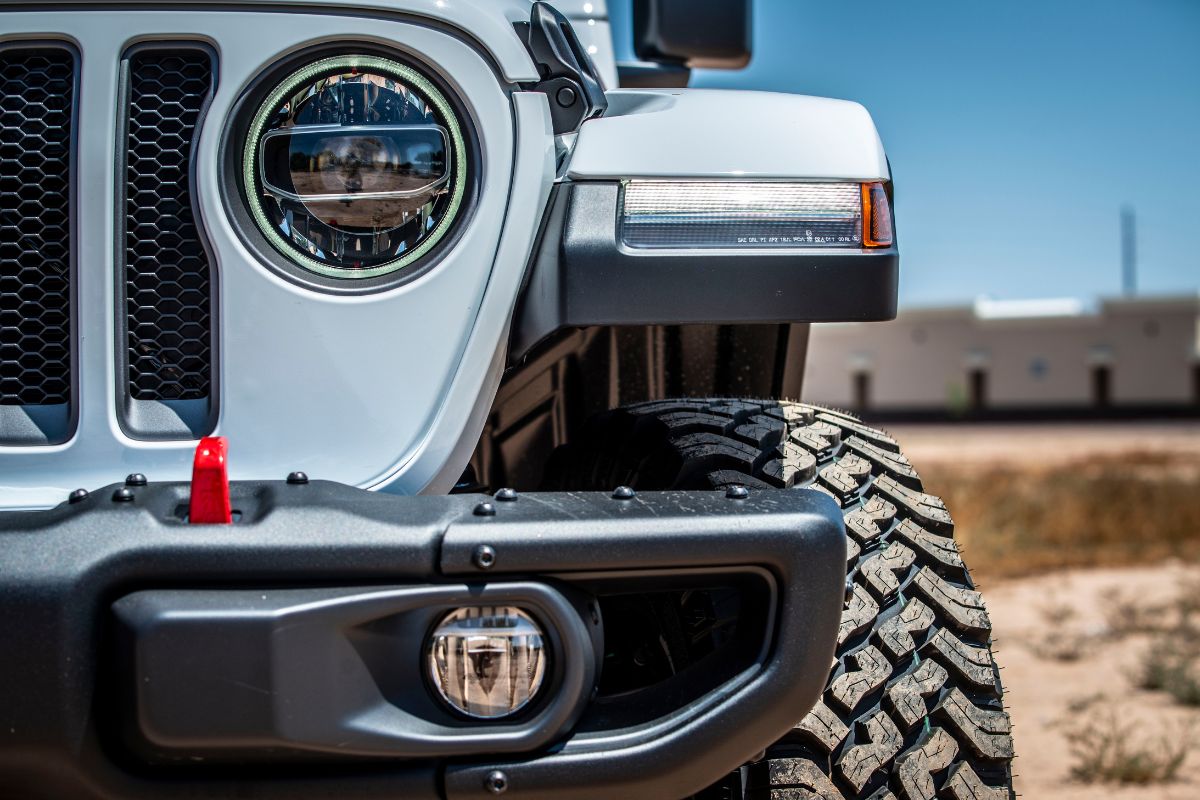
There may be other costs involved besides the cost of the lift kit itself. Some of the add-on costs to consider are:
- Tires – A Jeep is usually a factory equipped with 15″-17″ tires. But to increase ground clearance, it is optimal to install 33-inch tires. A set of four 33-inch tires should cost between $1,000-$1,500.
- Fender Flares – Many state laws need the fender to cover the tire’s tread, but it is okay to see the sidewall. Depending on the manufacturer, a set of four fender flares usually costs $400-$800.
- Tire Rims – Adding 33-inch to 35-inch tires may need to install larger 17″-20″ rims. Large rims can cost a set of four between $800-$1,500, depending on style and manufacturer.
- Upgraded Brakes – The added mass of large tires needs more powerful braking. Strong brakes are essential to avoid locking up the tires. Brakes must stop a vehicle in a controlled way. If the brakes are not strong enough, it can lead to a wheel lock.Locking the wheels can lead to unsafe driving conditions, especially on mountain trails.
Will a lift kit add value to my Jeep?
It depends on the next buyer’s preferences and how they intend to drive the Jeep. It will add value if they are dying to be out in the wilderness and drive on off-road trails. But, if the next owner is more interested in going to the grocery store or state park, it does not add much value.
But, of course, if a buyer is looking for an aggressive, tricked-out lifted Jeep, you bet it will add value.
Will adding a lift kit to my Jeep affect insurance?
If the Jeep kit is within the legal limits of installation for the kit, it should not add to the insurance premium. But, you might need to add an insurance rider to cover the costs of replacing or repairing the lift kit. Make sure claims incurred in a natural disaster, theft, or accident are covered.
The best bet is to confirm coverage limitations with your insurance agent.
Will Jeep lift kits void my warranty?
A question often asked, and for good reason, is that adding a lift kit to a Jeep can void the Jeep warranty. The consensus answer is yes, no, or maybe. Some dealers will honor the warranty if not over 2 inches of lift is added.
Other dealers may not honor the warranty if any lift is added. Or a dealer may have different lift heights they will warranty or not. And some may honor the warranty only if they did the lift kit installation.
The best answer is to contact your dealer. Inquire and find out their position, or restrictions, on honoring the Jeep warranty. Oh, and make sure to get a record of the dealers’ warranty statement, just in case.


